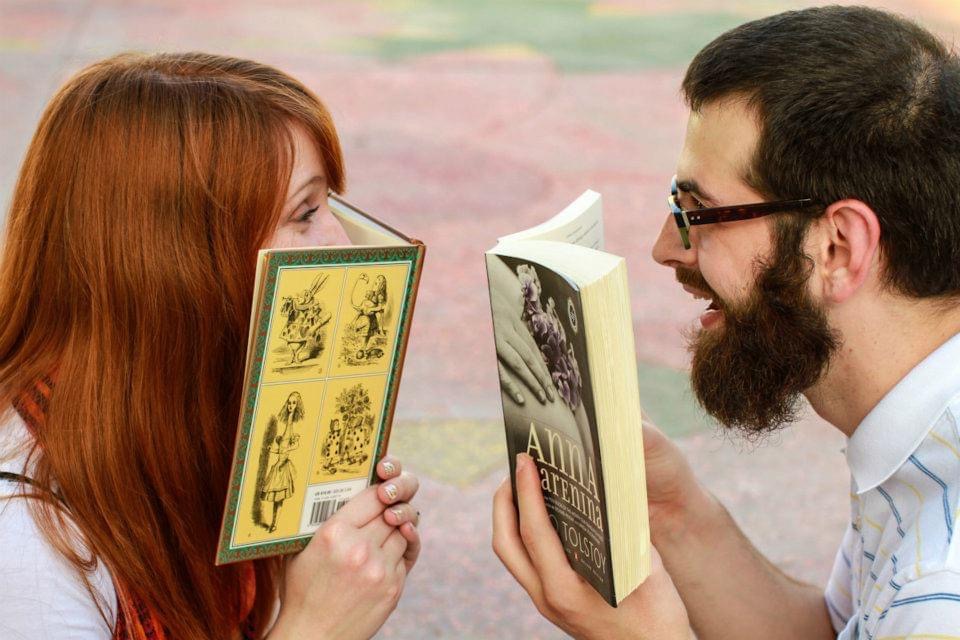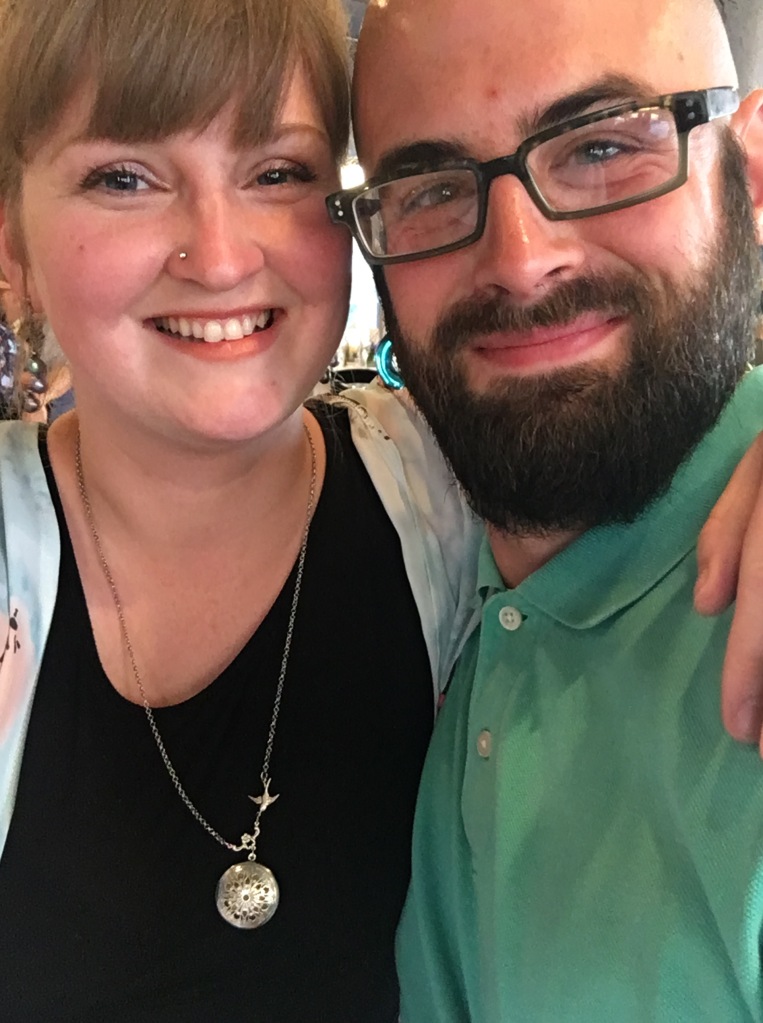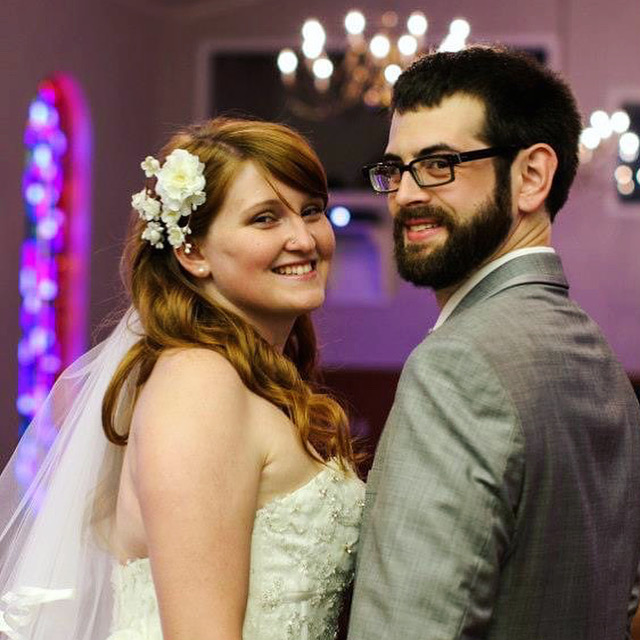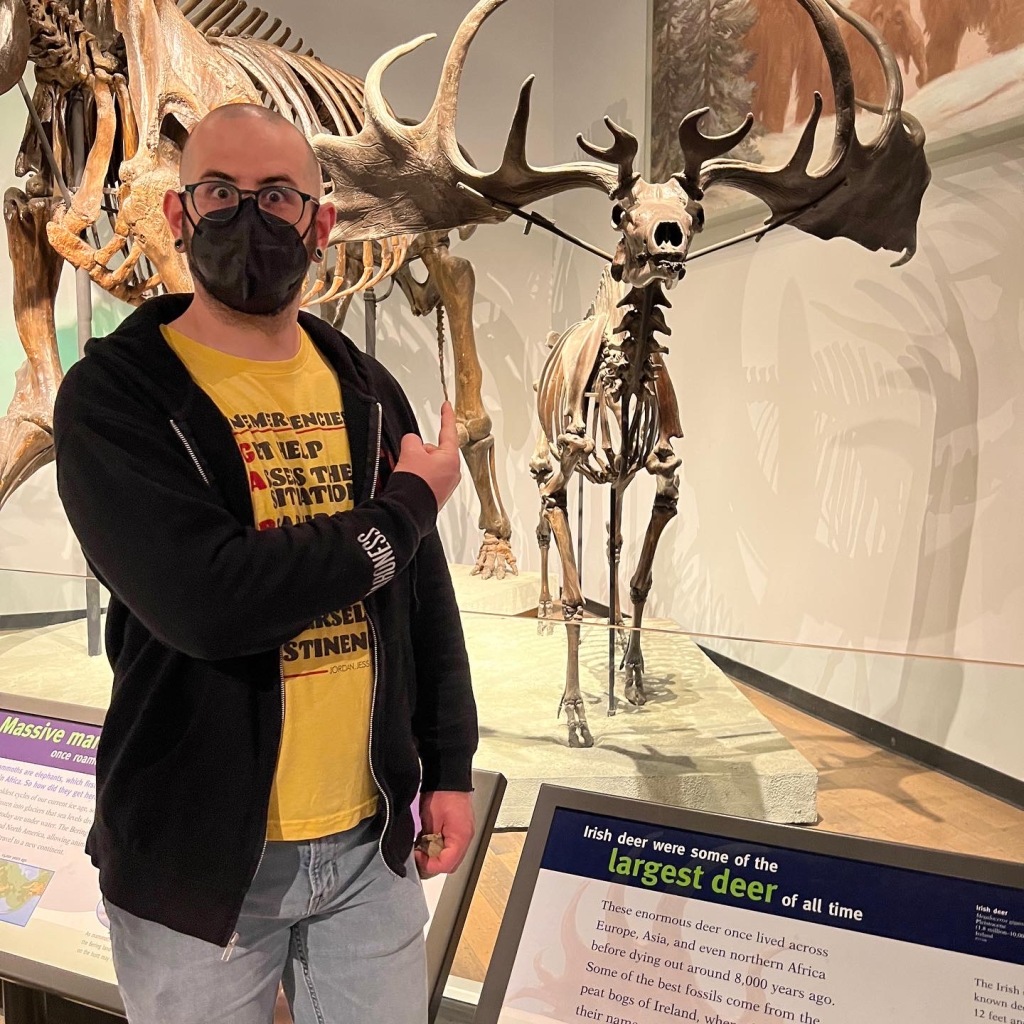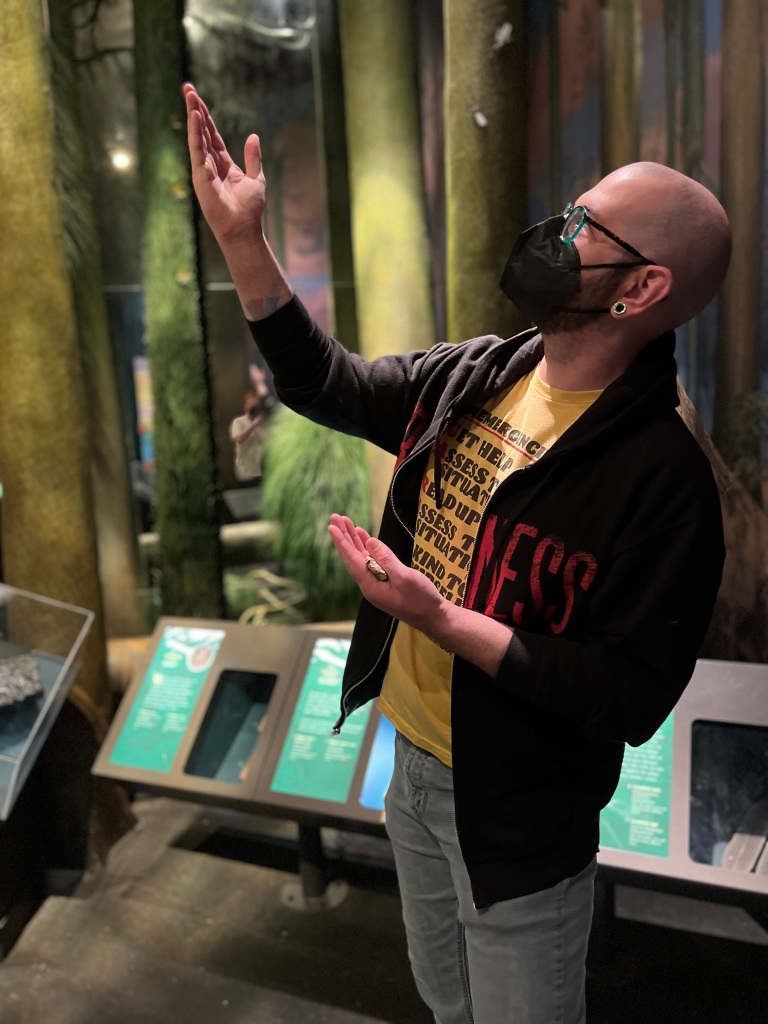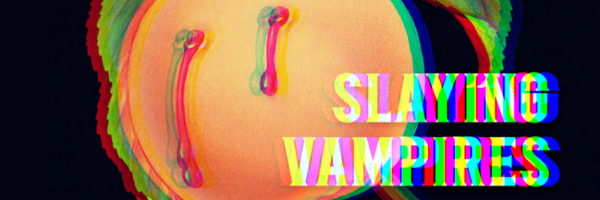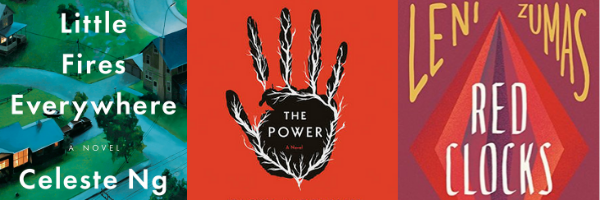It’s been almost six months to the day since my last entry, when I completed The Girl with All the Gifts by M.R. Carey. You might be pleased (surprised?) to learn I have enjoyed so many books since then. So many! I have finished fourteen books in the last six months, which — if you have followed this blog for any length of time — is a lot for me.
Audiobooks are pretty much my main jam these days, what with busy, painty, charcoal-smudged fingers and lots of driving being fairly big components of my life, but it’s all good. (Did you know that your brain recognizes content gathered via listening comprehension and reading comprehension the same way?)
Since I have so many books to review, and since I have Certain Feelings about so many of them, I am going to break this up into several entries, for my sake and yours.
Let’s get to the books!

#3. The Fireman by Joe Hill
I received a signed copy of this in hardback novel form from my husband, Joe. It is proudly displayed on a bookshelf in my office, but I was nervous to carry it around town, so I downloaded the audiobook version of this on Overdrive and occasionally read some passages out of the book. It’s a doozy of a story: a wild epidemic sweeps across the United States, perhaps the whole world, which causes people to break out into “Dragonscale” markings all over their body. When agitated or panicked, the sufferer bursts into flame.
We see this epidemic through the eyes of Harper Grayson, a school nurse obsessed with Mary Poppins and expecting her first child in the midst of what looks like the apocalypse. The first third of the book is riveting and epic, as we see how people are reacting to Dragonscale as it spreads. Apartment buildings burn to ash every other day, the Internet goes deep underground, and rabid radio hosts declare Dragonscale a biblical act of world-cleansing. Harper tries to stave off her own terror by caring for the infected as a nurse and humming cheerful songs to herself while her husband becomes unhinged with paranoia and dread. One night during a shift at the overwhelmed local hospital, Harper meets a man dressed as a fireman caring for a shy young boy. He seems to know more about the deadly spore causing the spontaneous combustion than he lets on, but nobody can survive its blaze…right?
This story then pivots pretty sharply into what I will describe here as an unusual refugee camp for Dragonscale sufferers who have not yet burst into flame. There is A LOT more to it than that, but as the story of Dragonscale tightens in geographical proximity, it sprawls out with conspiracy and good old-fashioned “People Are the Real Apocalypse” character arcs very reminiscent of Hill’s father. It remains compelling but for different reasons than the threat of self-immolation. Which…says a lot.
Rating: 4 out of 5 cartons of summer camp apple juice.

#4. Fellside by M.R. Carey
Joe and I listened to this audiobook on a road trip to a college friend’s wedding in Iowa. It is an incredibly even-paced story about memory, redemption, and ghosts. Yes, ghosts. (It’s M.R. Carey, it’s going to be good-weird.) Sent to the infamously cruel women’s prison, Fellside, for her potential role in a child’s murder, Jess Moulson is a heroin addict trying to remember the last days of her life before she woke up in a hospital as an arson suspect. Her dark feelings and fragmented memories lead her to a strange, dream-like place where she meets a lonely spirit who doesn’t remember who they are. Could this be the young boy for whose murder she’s being charged? Can he help her remember the events of his death?
In the midst of all of this, can she survive Fellside itself? It’s an ominous place led by the ruthless inmate Harriet Grace and her numerous cronies, with several people in positions of power also caught in her web of violence. There are a lot of things working against Jess, most of all her own sense of guilt and confusion.
I really loved this book, it felt like a fairy tale hidden inside a mystery/crime novel. It is very different than The Girl with All the Gifts, so I am sure some fans of that probably didn’t connect to this one in the same way. But I thought it was wonderfully written, and it’s a must-read for the adventurous genre-surfer.
Rating: 5 out of 5 mugs of black coffee.

#5. The Good Nurse by Charles Graeber
This one was recommended by a friend of mine, and it was a great rec indeed! First and foremost, the absolute avalanche of research and investigation in this book is so impressive. It’s a true crime story that encompasses so many different players over such a a long period of time: hospital staff, family members, detectives, whistle-blowers, etc. This book does its homework and then goes back for extra credit, and it never feels dry or unnecessary.
Charlie Cullen, later dubbed “The Angel of Death,” was a nurse who worked for sixteen years across Pennsylvania and New Jersey. It is almost impossible to estimate how many people he killed by intentional overdose and excessive medical intervention. His motives have always been equally hard to nail down: he was delivering neither mercy nor vengeance in his action, and all of his victims appear to be random. While the questions surrounding Cullen are disturbing, perhaps more disturbing is that many hospital staff members suspected Cullen of foul play over the years, but little more was done than transfer him on to other hospitals. Graeber goes in depth to explore not just how Cullen committed his crimes, but why he was allowed so much continued access to patients in spite of red flag after red flag.
Rating: 5 out of 5 cups of ice chips brought in by an overly helpful night nurse. Actually, um, can maybe someone else bring me something?

#6. The Girl on the Train by Paula Hawkins
This book was…fine. It reminded me a lot of Ruth Ware’s In A Dark, Dark Wood, which I read last year and didn’t love. We have an unreliable narrator in Rachel, a troubled woman who spends lots of time riding trains. She enjoys seeing a young couple in one of the neighborhoods she passes going about their life — a happy-looking wife out in the garden during the day, the wife and her husband eating dinner together in the evening. One night, she sees something incredibly out of the ordinary and shortly thereafter, the young woman goes missing. Rachel immediately dives into investigating her disappearance, as it seems the only thing driving her forward in a life that has been marked by recent misery.
This story is told by three different women in an overlapping timeline: Rachel, our train-riding sleuth; her ex-husband’s new(ish) wife Anna, who lives near the couple; and Megan, the woman who goes missing. I liked this device, that it focused on the women’s perspectives and revealed the mystery in parts through each of them.
What I did not care for immensely was Rachel’s part in everything. Though we are given a reason why Rachel feels so fiercely connected to everything going on, her motivation still feels very flimsy. Rachel explains fairly early on that she has become an alcoholic, and that she is a profoundly unhappy person following a heartbreaking divorce. She also used to live in the same neighborhood as the couple. So looking into Megan’s disappearance gives her something to do, and to feel useful…but she goes SO FAR into this, you guys. SO FAR. And I just didn’t entirely understand it, except that Hawkins wanted to give us an, “A-HA!” moment at some point where her story bumped up against the other women, who seemed so put-together in comparison but had secrets all their own.
Something nice that came out of this was that I spent an afternoon in the park eating tacos and listening to a large portion of this, which was fun. But that has less to do with the novel and more to do with the sunshine…and tacos.
Rating: 2.5 out of 5 gin & tonics.

#7. Fates and Furies by Lauren Groff
This was a paperback book that I read, for real and for true. I bought it toward the end of 2016 and actually started it around Christmastime, but got sidetracked and read the bulk of it in April. Some of it during a very chill beach house weekend:
I really loved this book. It was a departure from all the…you know, terrifying and gruesome stuff I read most of the time. It’s a story about Lotto and Mathilde during the course of their marriage. The title, Fates and Furies, describes not only the deep belief Otto holds that the gods and the stars have brought them to one another, but also the ebb and flow of joy and despair during their time together. The structure is impressive, moving through the time and space of the characters but also their deep emotional states and their personal histories. There are parts that take on the dramatic, operatic style of Lotto and the quieter, keenly aware style of Mathilde. It paints a beautiful, strange portrait of a life shared and of two lives individually experienced. This one is a must-read.
Rating: 5 out of 5 glasses of wine at yet another dinner party with old friends.
Keep an eye out for Part II (and maybe Part III). I may actually hit my target of 25 books in 2017, that would be pretty great! Happy reading and/or listening!
What books have you been reading? Do you prefer audiobooks, ebooks, or traditional books?

